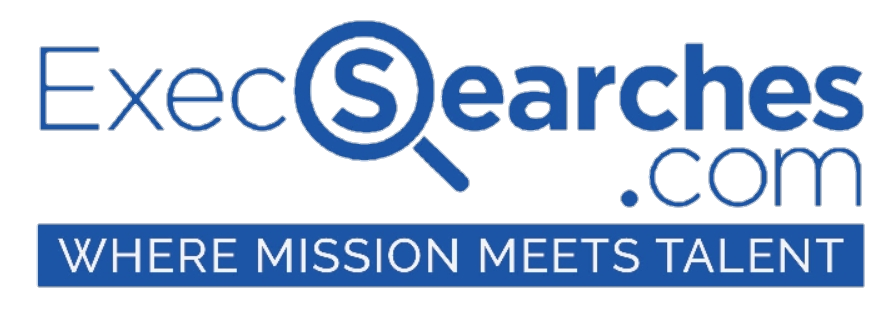 Many organizations are familiar with using references in the final phases of search to support or eliminate one winning candidate. References can serve equally critical functions, however, beyond giving you data about your proposed “winner.” In this four-part series, the pieces of the referencing process are outlined and defined so you can be best prepared no matter your role.
Many organizations are familiar with using references in the final phases of search to support or eliminate one winning candidate. References can serve equally critical functions, however, beyond giving you data about your proposed “winner.” In this four-part series, the pieces of the referencing process are outlined and defined so you can be best prepared no matter your role.
You can use references in several critical ways. Among the most frequent are:
- To confirm your selection of a finalist;
- To learn more about each candidate from leadership style to demeanor to potential impact on the organization mission to fitness for a visible role, and
- To test the candidate’s honesty/integrity and judgment. Prior to placing the actual reference-checking call, I take time to prepare both the candidate and the references for that call.
In Part Two of this series, I will outline the specifics of those preparations as they apply to the references. Today, the focus is on the candidate.
Involving the Candidate In the Reference Process
With regard to the candidate, I make contact to inform him/her we are about to conduct reference checks. At that time, I ask the candidate to comment on his/her strengths and areas of growth vis-a-vis the role on the table. I also like to ask if there is any event of which they would like me to be aware before I start to engage in discussion with the references. This gives candidates the opportunity to declare anything that might detract from the profile that emerges from the reference conversations.
During this conversation with the candidate, I inform him/her that I will start with the reference list provided but that I will go beyond the list if necessary. For certain organizations, I procure a consent/waiver from the candidate giving me the legal authority to proceed with a full-blown referencing process which, typically, includes outsourcing criminal and employment background checks. The use of the consent/waiver is the most prudent way to proceed to avoid legal and privacy issues that could arise.
Once I talk with the candidate, there is more analysis required prior to going forth with the formal reference check. Usually, I contact the people on a candidate’s reference list after I have analyzed the individuals on the list for the following:
Individual Reference Depth
- How long has this person known the candidate?
- In what context have they come to know the candidate?
- Does the reference have the scope of interaction necessary to accurately comment on the candidate’s ability to lead?
- On the face of it, is there someone else at the reference’s organization better placed to evaluate/comment on the candidate?
References as a Group
- Can we rely on the group to give a 360-degree picture of the candidate?
- Is there anyone who should be on the list who is not present?
- Is the list biased in any way?
- Is the group truly diverse? If not, is there constancy to the “gaps?”
- What can we tell about the candidate simply based on the list?
If the list is unbalanced in some way (conspicuous time gaps; only cites supervisors and no direct reports or vice-versa; is gender biased), I will directly contact the candidate to get references who will fill out the picture. If the candidate is unavailable or unwilling, I research the candidate’s employment history and identify likely references “off the list.” Also, if I have knowledge of an organization the candidate listed on his/her resume, I will reach out to my personal networks and identify additional references to call. (By the way, if the original list is incomplete or otherwise “needy,” it sets the tone for my initial conversations with references.) Once I have determined that the list is “balanced” in obvious ways, I proceed to make the calls.
A great deal of work and research goes in to the reference process (probably more than most candidates are aware!). Next time, the focus is on preparing the references.
#
Last updated on September 18th, 2012 at 05:28 pm

0 Comments